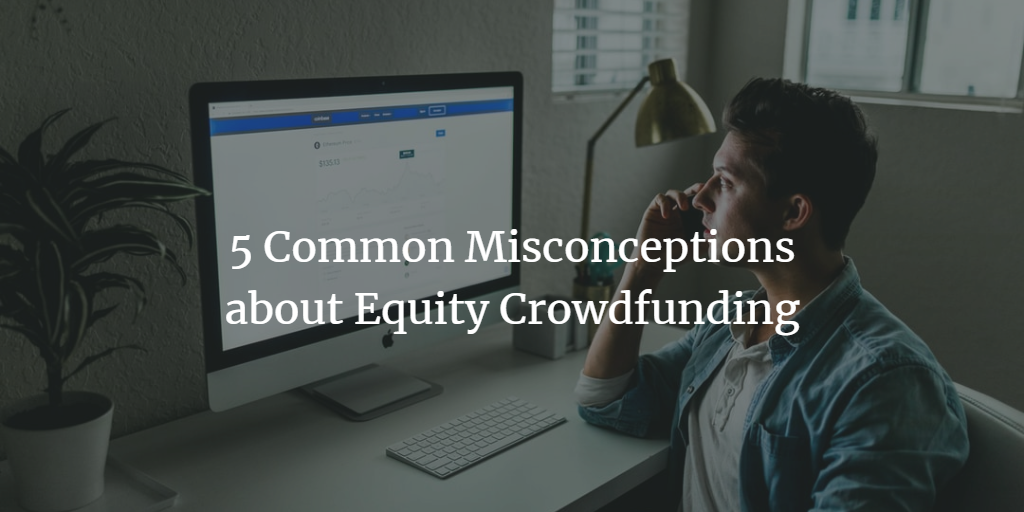As the number of startups now using equity crowdfunding continues to rise, a number of misconceptions have developed around the process. We have highlighted the 5 most common ones, to help give you a better understanding of how equity crowdfunding works.
1. Crowdfunding is all about getting money:
Whilst raising money is undoubtedly the primary purpose of many businesses crowdfunding, it is not the only benefit.
Crowdfunding provides an invaluable opportunity for engaging the market. You can engage existing customers and expose the business to new ones. Crucially, and unique to equity crowdfunding, investors will own a stake in your business. As a result, they have a personal interest in your future success and will act as evangelists by spreading the word about the brand going forward. Crowdfunding also affords an opportunity for improved customer feedback, as investors might offer insight on how to improve the product or service and might even suggest future products or services down the line.
2. An online crowdfunding campaign is all I need to raise the funds:
One of the most common crowdfunding misconceptions is that posting the campaign online will be sufficient in itself to raise the entirety of the capital. In other words, ‘the crowd’ is all that’s required. Unfortunately, it’s not that easy.
Although it is possible to generate the majority of the funds through previously unknown investors, many campaigns are heavily dependent on friends and family in the early stages to get the ball rolling. Ensure that these people know exactly when the campaign is going live so that they can support you from the outset. Be sure to contact pre-existing customers and business contacts also.
Now that your campaign has gained some initial traction it is much more likely to attract third-party investors.
3. The longer the campaign runs, the better:
This is inaccurate as a longer campaign window will only indicate to investors that you are less confident in your business’ ability to raise the required funds in a more normal time frame. It is greatly advised to raise a smaller amount of capital in a shorter amount of time, such as 30-40 days.
4. Launching a successful campaign is easy
This misconception is one of the more dangerous. Although crowdfunding can be a more streamlined and accessible process of raising capital than other conventional methods, it still requires work. Success on the platform is all but guaranteed. Whilst the campaign is online, a business should concentrate the majority of its resources into trying to make it a success. Chasing up potential leads, maintaining a social media presence and updating investors who have already pledged all require time and resources. It would be a mistake to think that an effective campaign can be maintained in your spare time as a result.
Moreover, research has indicated that businesses with more than one owner are more likely to succeed in crowdfunding as the burden can be shared. If you’re a sole proprietor, try to enlist someone else’s help to balance the ordinary course of business with successfully securing maintaining the online crowdfunding campaign.
5. Crowdfunding will put off VC’s and larger investors later on:
There has been no correlation between businesses that have successfully raised money through crowdfunding platforms and reluctance on the part of venture capitalists to invest later on. In reality, successful crowdfunding can fuel your business’ growth and put it on even better footing for subsequent negotiations with VC’s later on. Crowdfunding is indicative of your product or service’s popularity. A large number of people are buying into your brand, and this positive validation can be highly persuasive to subsequent large-scale investors.
If you are interested in signing up as an investor with Spark or would like to know more about raising funds for your business, please click on either of the buttons below:



